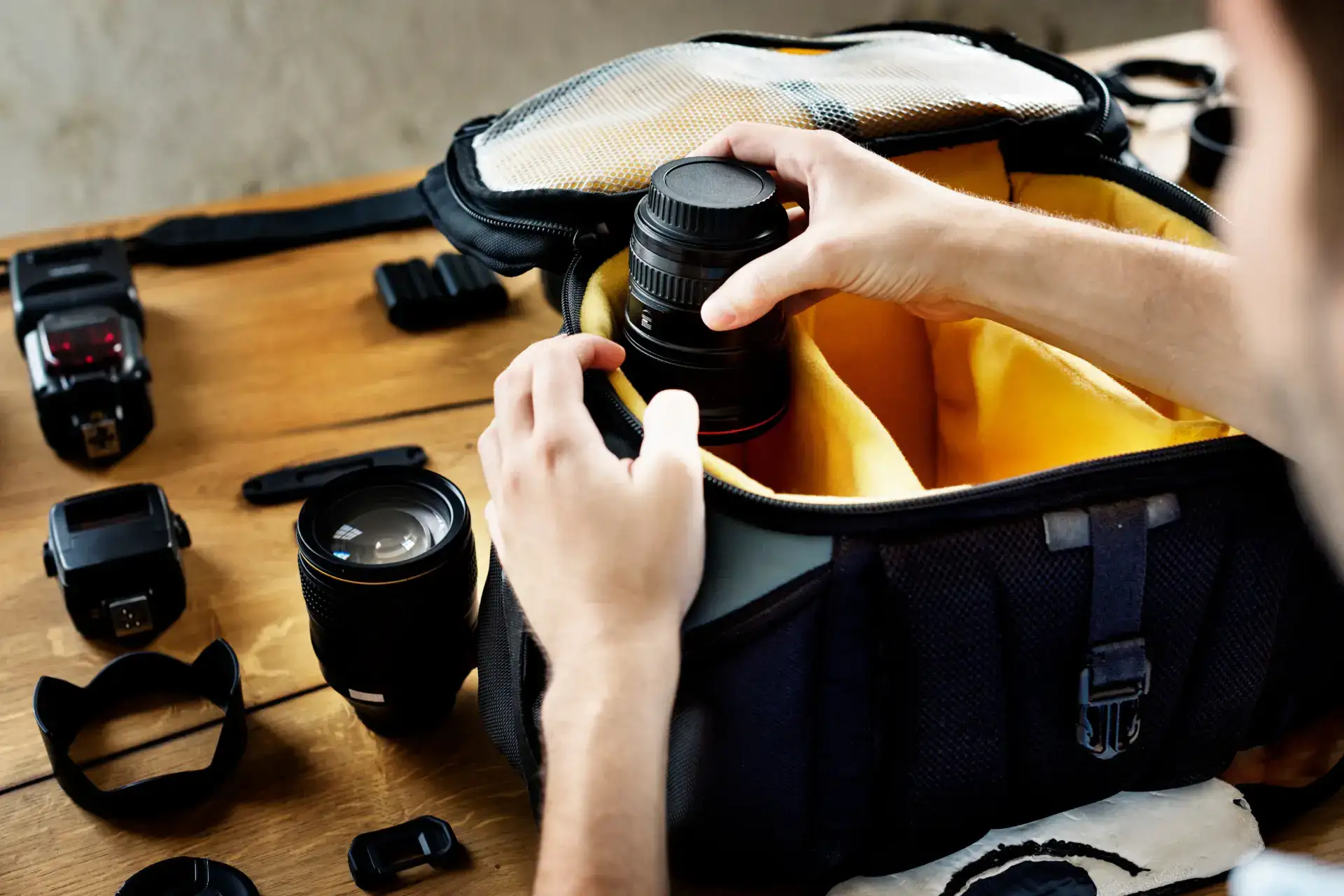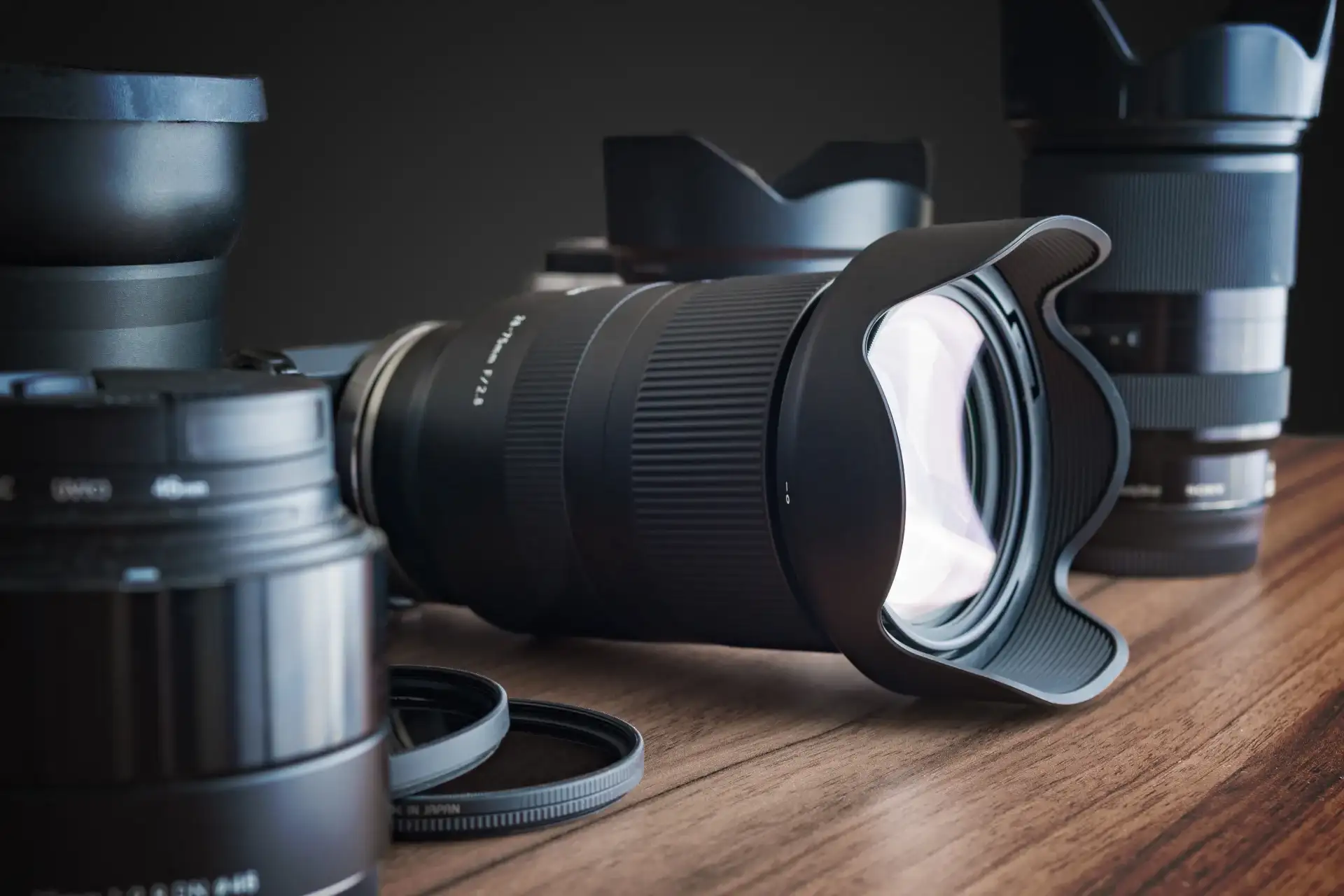As a rental business owner, you’re not just purchasing items but investing in assets that will generate income over time. The right equipment can lead to satisfied customers, repeat business, and a strong reputation in your industry. Conversely, poor choices can result in frequent repairs, customer complaints, and lost revenue.
That’s why it’s crucial to approach the buying process strategically, considering factors such as durability, demand, cost-effectiveness, and long-term value. This guide will equip you with the knowledge to build a robust, profitable rental inventory that meets your customers’ needs and stands the test of time.
What rental equipment should you buy?
Choosing the right equipment for your rental business is critical to profitability and customer satisfaction. It’s not just about buying what’s popular or cheapest; it’s about understanding your market, your customers’ needs, and the long-term value of your investments.
Here are some strategies to help you make informed decisions:
-
Search online: Research products online to understand what’s available.
-
Attend trade shows: These are excellent opportunities to see the equipment in person and compare different brands and models.
-
Study competitors: Look at what other rental companies offer. This can give you insights into popular and in-demand equipment.
-
Evaluate durability: Consider the sturdiness and longevity of equipment. Rental items need to withstand frequent use and handling.
-
Ask your customers: Get feedback from your existing customers about what they need or want to see in your inventory.
-
Analyze feedback: Review customer feedback regularly to identify trends and opportunities for new equipment acquisitions.
Start your rental business for just $29/month
Put your toes in the water and test the demand in your area with a rental website for just $29/month.
Where should you buy rental equipment?
Once you decide what to buy, finding the right supplier is equally important. The source of your equipment can affect not only your initial costs but also your long-term operational efficiency and customer satisfaction.
Here are some key places to consider when purchasing your rental equipment:
Trade shows
Trade shows offer a unique opportunity to see a wide range of equipment in one place and often at competitive prices. They’re also great for networking and learning about industry trends. Consider these points when shopping at trade shows:
- Look for bargains at the end of trade shows when exhibitors are often willing to sell demo equipment at discounted prices.
- Be prepared to sign orders on the spot to secure the best deals.
Direct from manufacturers
Establishing direct relationships with manufacturers can lead to better prices, support, and insider knowledge about upcoming products. Here’s how to approach buying directly from brands:
- While you may not match the volume of retailers or online stores, emphasize that rental equipment reaches 200-300 users per item.
- This broad exposure can be a compelling argument for manufacturers to offer you good deals and discounts.
Online stores
Online purchasing offers convenience and often competitive pricing but requires careful research and timing. Here’s how to make the most of online shopping for rental equipment:
- Keep an eye out for deals and overstock sales.
- Set up price drop alerts to catch the best offers.
Start with building your rental website
Every new rental business starts with a website to get their first bookings.
What to consider when buying rental equipment
While price is always a factor, there are several other important considerations when purchasing rental equipment. These factors can affect the long-term value and usability of your purchases:
End-of-line products
End-of-line products can offer great value but come with risks, especially in fast-moving industries. Here’s what to keep in mind:
- Be cautious with products where technology advances quickly (e.g., electronics).
- While these can be bargains, ensure customer demand remains.
- Demand for older models may increase and you won’t be able to restock.
International purchases
Buying abroad can be cost-effective, but it comes with challenges that need careful consideration. You may face warranty and support issues, as international suppliers might need more local representatives to handle your concerns promptly. Additionally, obtaining spare parts can become complex and time-consuming, potentially leading to extended equipment downtime.
Maintenance can also be complicated when dealing with foreign brands or models that local technicians may need to be more familiar with. Given these potential hurdles, it’s often worth paying extra to buy from suppliers in your country. This ensures more accessible support and maintenance, saving you time, money, and headaches in the long run.
Timing your purchases
In the world of equipment purchasing, timing can be everything. Strategic buying can lead to significant savings and better deals, directly impacting your bottom line. Here are some tips on when to make your purchases:
- End of quarter: Sales teams often have targets to meet, making this a prime time for negotiations.
- Promotional periods: Look for brand promotions that coincide with supplier deals.
Buying rental equipment requires a balance of research, timing, and strategic decision-making. By following this guide, you’ll be well-equipped to make informed choices that benefit your business and satisfy your customers. Remember, the key is to stay informed about market trends, listen to your customers, and always look for the best deals without compromising quality and support.
Most important takeaways
Make strategic equipment choices: Choose rental equipment based on durability, demand, cost-effectiveness, and long-term value to build a profitable inventory.
Diversify sourcing strategies: Purchase equipment from various sources like trade shows, manufacturers, and online stores to find the best deals and build strong supplier relationships.
Timing is key: Buy equipment strategically during end-of-quarter sales or promotional periods to secure better deals and maximize savings.
Evaluate customer feedback: Regularly review and analyze customer feedback to identify trends and make informed decisions about new equipment acquisitions.
Consider local suppliers: Opt for local suppliers to ensure easier access to support, maintenance, and spare parts, reducing potential downtime and operational challenges.




